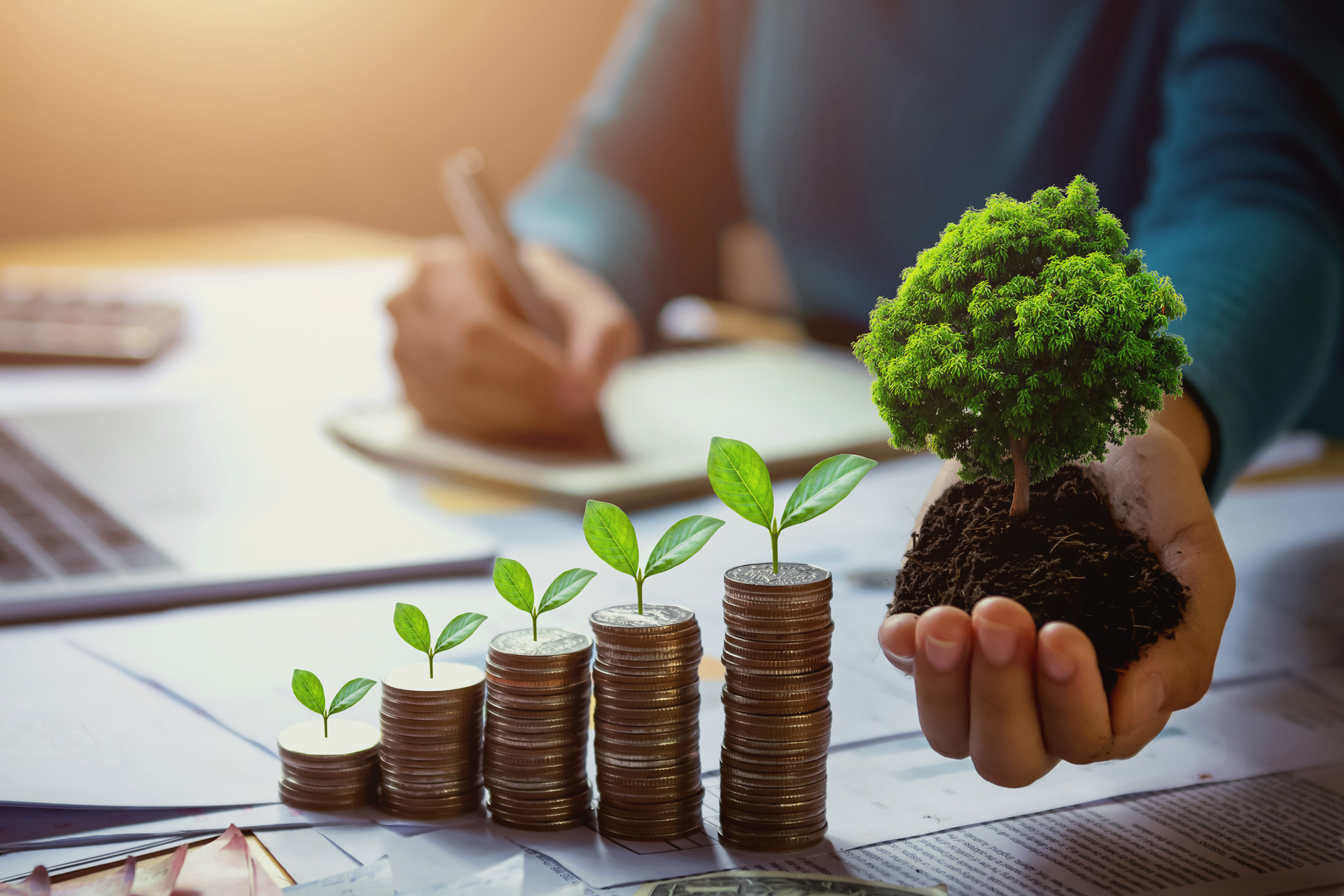Multifamily renters have traditionally been drawn to apartment properties by their price, location and amenities. But in recent years, another draw has joined this list: a lower carbon footprint. In honor of Earth Day, we’d like to take a moment to celebrate this trend, and the many opportunities it offers for us to make our industry greener.
In a recent survey by AMLI Residential’s 2020 Sustainable Living Index, 4,891 apartment residents were asked how much sustainability influenced their choice on where to live. Almost half of all respondents, 47 percent, said that green features played a role. Developers and real estate investors have taken notice of this trend, and have responded by incorporating smart technology and green amenities into their projects. Elements that were once reserved for single family homes are now appearing in multifamily properties.
Customer awareness on factors such as environmental impacts, sustainability and long-term cost savings is driving the growth of the multifamily residential green building market. A report by the National Association of Home Builders’ (NAHB) authoritative corroborates this trend, noting that multifamily builders and remodelers believe operating efficiency and long-term utility cost savings are the reason customers are convinced to invest in green construction.
At MC Companies, we have been implementing environmentally friendly elements into our properties for years – from electric car chargers to low-flow showers and toilets. We’re also in the process of implementing smart thermostats, which will reduce energy waste across our portfolio of apartment homes. Even at our management offices, we have reduced paper waste by going paperless or paper-light.
There is still a hurdle to incentivize builders to implement certain types of expenses, such as solar panels, when the developer foots the expense while the tenant reaps the benefit through lower energy costs. But ultimately, incorporating elements of sustainability in a property make it a more valuable asset that can drive up asking rents.
This is especially evident with Leadership in Energy and Environmental Design (LEED) certified commercial real estate. LEED is the most widely used rating system for green building, offering a standard for almost all types of buildings and providing a framework for reduced carbon footprint construction. For the past three years, LEED assets have outperformed their non-LEED counterparts, commanding a 21.4 percent higher average market sale price per-square-foot over their non-LEED counterparts. According to research by commercial real estate services firm Cushman & Wakefield, since 2015, rents for LEED-certified buildings have averaged 11 percent higher than those of non-LEED properties. It’s clearly a sign that sustainability can also equal profitability. And it’s a movement that’s here to stay.
